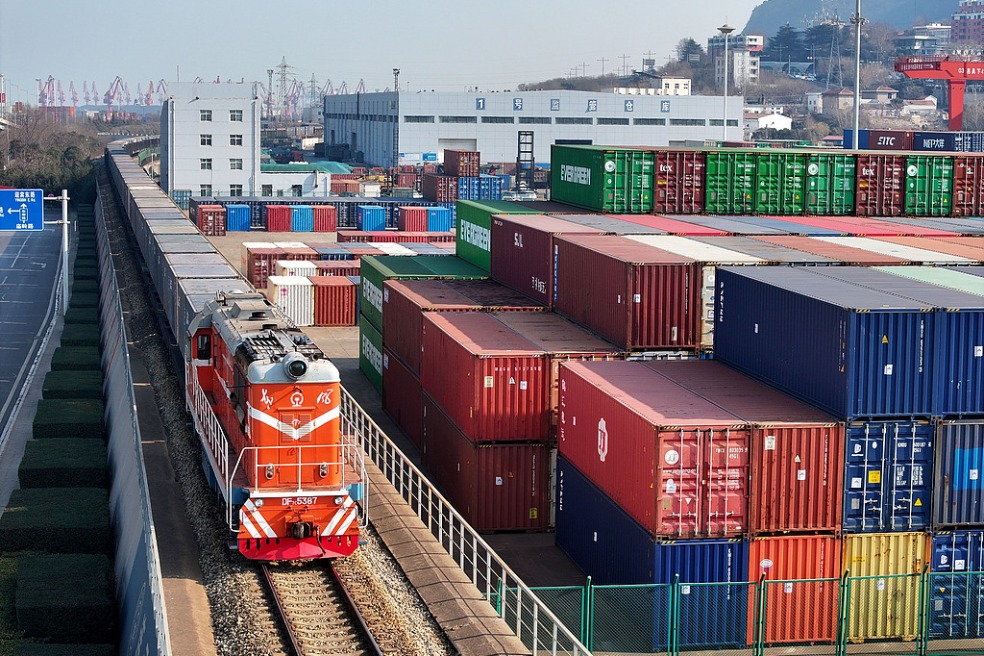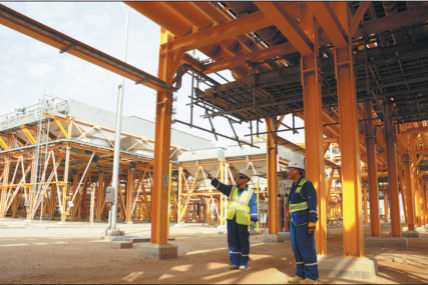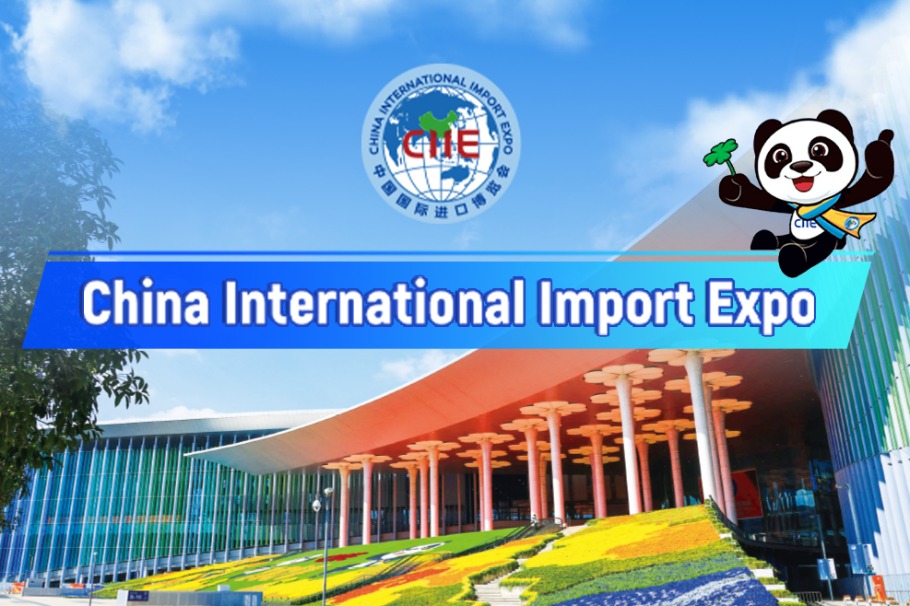Population figures underline labor productivity and value-added


China's latest census has spurred an outpouring of commentary about the impact of a declining and aging population on the country's future economic power.
Results showing the population increasing at its slowest for decades and the average age rising fast have reignited a long-running debate about China "growing old before it grows rich".
Arguments about supposed demographic decline are now playing out against the backdrop of intensified strategic competition with the United States and its allies, as well as India, where the population is expected to increase faster.
But it is important to view China's stabilizing and aging population in a proper context, rather than purely through the lens of rising fears about China and the changing international balance of power in parts of the West.
China's future growth and prosperity, as well as its diplomatic power, depend on raising productivity and value-added-rather than a cheap labor force and boosting the population.
When a nation grows
The latest census data, published by the National Bureau of Statistics, showed the population is only slightly smaller than previous estimates ("Main data of the seventh national population census", NBS, May 11, 2021).
China's population has increased to more than 1.4 billion in 2020, up from just under 1.2 billion in 1990 and 660 million in 1960 ("World population prospects", United Nations, 2019).
But the country has long been relatively short of agricultural land, water resources, fossil fuels, other than coal, and strategic minerals, including iron ore and copper.
By the late 1990s, agricultural land per capita was just 28 percent of the world average, and open grasslands and other range lands were less than half, according to the World Bank.
Per capita water resources were one-third of the world average, while forest and wilderness areas were just 15 percent of the global average ("Clear water, blue skies: China's environment in the new century", World Bank, 1997).
In previous decades, rapid population growth put an immense strain on the country's limited resource base which explains the government's intense focus on birth control from the 1970s.
Like most developing countries, and even some developed ones, China has seen controlling the total number of people in the country as essential for boosting their average incomes.
Demographic transition
In the absence of substantial immigration, slower population growth and a rapidly aging population are the inevitable result of a declining birthrate.
The median age of China's population had risen to around 38 years in 2020, up from 25 years in 1990 and 21 years in 1960.
On present trends, China's median age is projected to rise to 48 years by 2050 and 49 years by the end of the century.
But falling birthrates, slowing population growth, even declining populations, and a rapidly increasing age profile are common among the other major economies.
Between 2020 and 2050, China's projected population decline (-3 percent) is less than in Germany (-4 percent), Italy (-10 percent) and Japan (-16 percent).
In contrast, populations are expected to rise in France (+4 percent), Britain (+9 percent), the US(+15 percent) and Canada (+21 percent), but projected gains are driven exclusively or mainly by immigration rather than natural increases.
The principal difference is that the US is expected to add 41 million people as a result of immigration by 2050 while China is forecast to lose 13 million as a result of migration.
Population aging shows similar trends. China's median age at mid-century (48 years) is lower than Germany (49), Italy (54) and Japan (54), but higher than Canada (46), France (46), Britain (45) and the US(43).
Once again, the principal difference is between countries expected to receive significant immigration, which will slow the population aging process, and those that are relatively closed, where aging will be faster.
Future economic vitality
China's aging population means the workforce will have to support an increasing number of old people.
In 2020, China had 10 people aged 70 years old or more for every 100 working-age adults aged between 20 and 69 years old, according to UN statistics.
Old-age dependency ratios were much higher in the US (18), Canada (19), Britain (22), France (24), Germany (24), Italy (27) and Japan (36).
By mid-century, China's dependency ratio will have risen to 32, higher than the US(28) and Canada (31) but still lower than Britain (33), France (39), Germany (41), Italy (54) and Japan (58).
The crucial difference is again openness to immigration: countries expected to absorb a larger number of immigrants will age more slowly.
If a rising old-age dependency ratio is going to be a major economic shock, with each worker having to support more economically inactive population members, it will hit many if not most other major economies as hard.
In recent decades, China's economic growth has been fueled by population growth, migration to the cities, and cheap labor.
In the future, China's growth will depend on each worker adding more value.
China's government senses this, which is why policymakers focus on growing high value-added manufacturing and service industries, while trying to restrict low value-added energy-and resource-intensive production.
Despite the country's rapid growth, China's average labor productivity and value-added is still low compared to the US and the other advanced economies.
In 2018, the average value of China's output per worker was just 40 percent of Japan's, 33 percent of Germany's and 26 percent of the US'.
China and India
Even before the latest census data, China's population was expected to be overtaken by India's by around 2027 because India is at a much earlier stage in the demographic transition.
On its own, however, population is a crude measure of economic and military power. Like China, India's future prosperity depends on increasing the value of output per worker, rather than increasing the number of workers.
The value of India's output per worker is just 67 percent of that in China and less than 18 percent of the US'.
What matters for the balance of power between India and China, and between both of those countries, the US and the other advanced economies, is how quickly the value-added gap is closed.
John Kemp is a Reuters market analyst.
The views don't necessarily reflect those of China Daily.




































